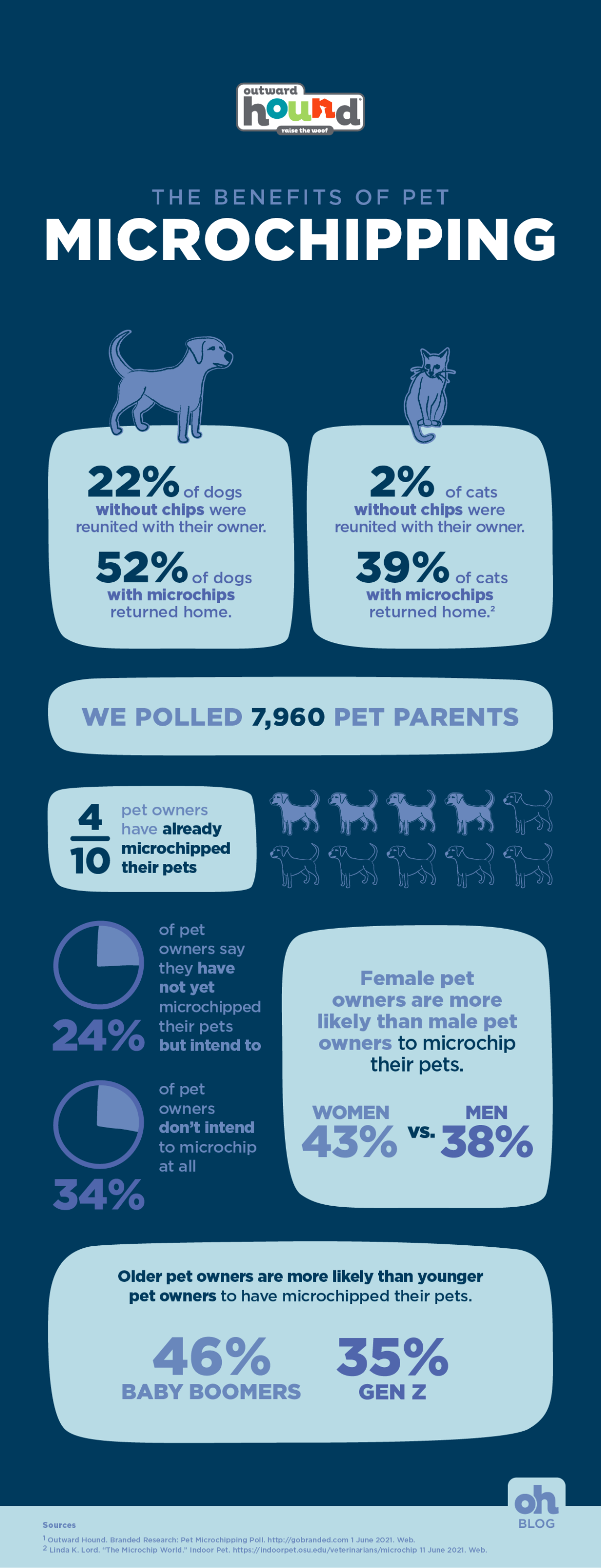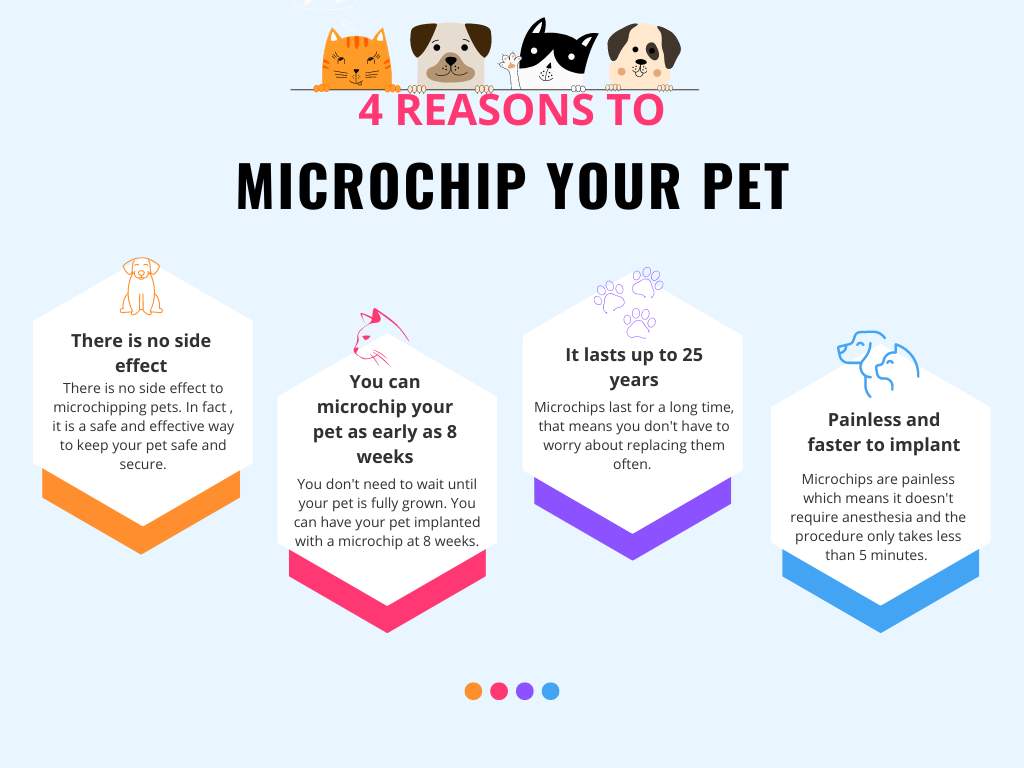You love your furry companion more than anything in the world, and ensuring their safety is a top priority. That's why microchipping your dog is an important step in their protection. In this article, we will guide you through the procedure of microchipping, shed light on the associated costs, and explore the countless benefits this simple act can bring to your pet's life. By the end, you'll walk away with all the information you need to make an informed decision about microchipping your beloved pooch.
What is microchipping?
Definition of microchipping
Microchipping is a simple and safe procedure that involves implanting a tiny computer chip, about the size of a grain of rice, under the skin of your dog. This chip contains a unique identification number that can be scanned using a handheld device. The information associated with the ID number is stored in a secure database, which can be accessed by authorized individuals, including veterinarians, shelters, and animal control officers.
Importance of microchipping
Microchipping your dog is an important step towards ensuring their safety and well-being. It provides a reliable and permanent form of identification that can help reunite lost pets with their owners. In addition, microchipping is often legally required in many countries, and failing to comply with these regulations can result in hefty fines. Furthermore, microchipping can also serve as a deterrent to theft, as it makes it easier to trace and prove ownership of a stolen dog.
Procedure of microchipping
Preparation for the procedure
Before getting your dog microchipped, it's important to schedule an appointment with a veterinarian who is qualified to perform the procedure. The veterinarian will provide you with specific instructions on any necessary preparation, such as withholding food for a certain period of time before the procedure. It's also a good idea to bring your dog's medical records and vaccination history to the appointment.
The microchipping process
The actual microchipping process itself is relatively quick and straightforward. The veterinarian will use a sterile needle to inject the microchip under the skin of your dog, usually between the shoulder blades. The procedure is generally painless and does not require anesthesia. Some dogs may experience mild discomfort or a small amount of bleeding, but these symptoms usually subside quickly.
Aftercare and recovery
After your dog has been microchipped, it's important to follow the veterinarian's instructions for aftercare to ensure proper healing. This may include keeping the injection site clean and dry, avoiding bathing your dog for a certain period of time, and limiting physical activity. It's also crucial to register the microchip with a reputable pet recovery database and keep your contact information up to date. This will greatly increase the chances of being reunited with your dog in case they ever become lost.

This image is property of outwardhound.com.
Costs of microchipping
Initial cost
The cost of microchipping your dog can vary depending on factors such as your location and the veterinarian you choose. On average, the initial cost of microchipping can range from $25 to $50. This typically includes the cost of the microchip itself, the procedure, and any necessary aftercare instructions or documentation.
Lifetime registration cost
In addition to the initial cost, there may also be a lifetime registration fee associated with microchipping. This fee covers the cost of maintaining the database that stores your dog's information and ensuring that it is easily accessible to authorized individuals. The lifetime registration cost is generally a one-time fee and can range from $10 to $20.
Benefits of microchipping
Identification and tracking
One of the primary benefits of microchipping is its ability to provide permanent identification for your dog. Unlike collars and tags, which can fall off or become damaged, a microchip is implanted under the skin and is always with your dog. This means that even if your dog loses their collar or tag, they can still be identified and traced back to you through the microchip.
Reuniting lost pets
Microchips have proven to be incredibly effective in reuniting lost dogs with their owners. When a lost dog is found and taken to a shelter or veterinarian, they are typically scanned for a microchip. If a microchip is present, the ID number is used to access the owner's contact information in the database, allowing for a quick and easy reunion. This can be especially beneficial in cases where a dog has strayed far from home or has been intentionally taken.
Safety and security
Microchipping provides an added layer of safety and security for your dog. Not only does it deter theft by making it easier to trace and prove ownership of a stolen dog, but it also helps prevent unauthorized individuals from adopting or selling your dog. Many shelters and rescue organizations also require dogs to be microchipped before they can be adopted, further ensuring the safety and well-being of the animal.
Legal compliance
Microchipping is often a legal requirement for dog owners in many countries. Failure to comply with these regulations can result in fines and other penalties. By microchipping your dog and keeping their information up to date in the database, you can avoid legal troubles and demonstrate your commitment to responsible pet ownership.
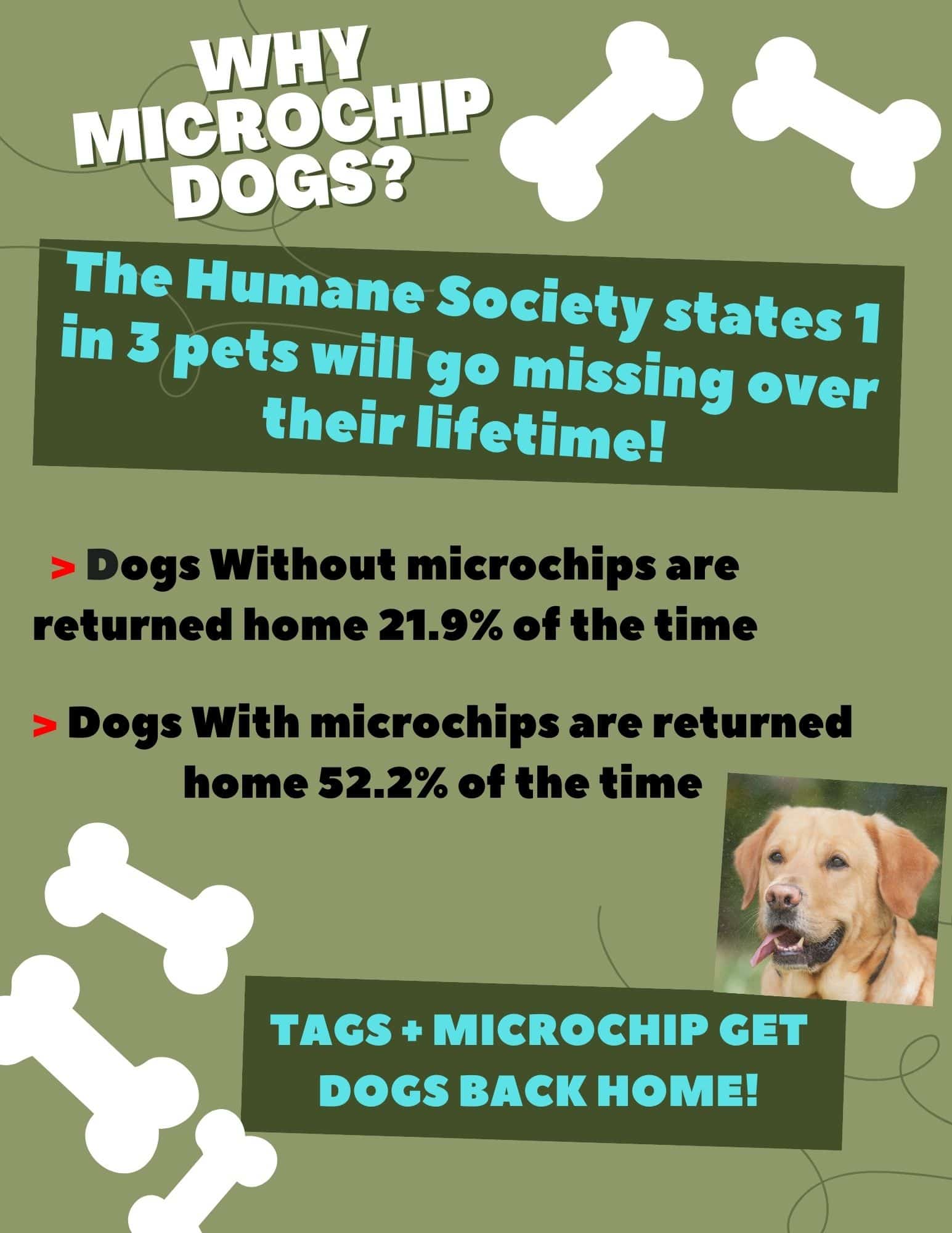
This image is property of blogger.googleusercontent.com.
Microchipping laws and regulations
Legal requirements for microchipping in various countries
The specific laws and regulations regarding microchipping can vary from country to country. In some places, microchipping may be mandatory for all dogs, while in others it may only be required for certain breeds or in specific circumstances. It's important to familiarize yourself with the laws in your jurisdiction to ensure that you are in compliance.
Enforcement and penalties
Enforcement of microchipping laws can also vary depending on the location. Some countries have dedicated agencies or organizations responsible for ensuring compliance, while others may rely on local authorities such as animal control agencies. Penalties for non-compliance can range from fines to confiscation of the dog, so it's important to take the legal requirements seriously.
Choosing a microchip provider
Researching reputable providers
When it comes to choosing a microchip provider, it's important to do your research and select a reputable company. Look for providers that have been in the business for a significant amount of time and have a good track record. Ask your veterinarian for recommendations or do an online search to find reviews and testimonials from other pet owners.
Comparing features and services
Not all microchips and pet recovery databases are created equal. Take the time to compare the features and services offered by different providers. Some may offer additional services such as 24/7 helpline support or integration with GPS tracking devices. Consider your specific needs and choose a provider that best meets them.
Considering customer reviews and recommendations
Customer reviews and recommendations can provide valuable insights into the reliability and effectiveness of a microchip provider. Look for providers that consistently receive positive feedback from customers and have a strong reputation within the pet community. This will give you peace of mind knowing that your dog's information is in good hands.
This image is property of cdn.filestackcontent.com.
Common concerns about microchipping
Pain and discomfort for the dog
One common concern about microchipping is whether or not it causes pain or discomfort for the dog. While the procedure itself may cause some mild discomfort, it is generally quick and relatively painless. Most dogs experience minimal discomfort after the procedure, and any lingering soreness or irritation usually subsides within a few days.
Health risks and complications
Microchipping is a safe procedure and the risk of complications is minimal. Serious health risks or complications are extremely rare and are usually the result of improper implantation or infection. By choosing a qualified veterinarian and following proper aftercare instructions, you can greatly reduce the chances of any negative health outcomes.
Privacy concerns
Privacy concerns are a valid consideration when it comes to microchipping. It's important to choose a reputable provider that takes data security seriously and has safeguards in place to protect your personal information. Additionally, be cautious about sharing your dog's microchip number or other identifying information with unknown or untrusted individuals.
Alternatives to microchipping
Collars with identification tags
One alternative to microchipping is using collars with identification tags. These tags typically include your dog's name, your contact information, and sometimes an additional form of identification such as a phone number or address. While collars and tags are a popular option and can be effective, they can be lost or removed, rendering them useless in the event that your dog becomes lost.
Tattooing
Tattooing is another alternative to microchipping, particularly for individuals who are concerned about the use of technology or potential health risks. A tattoo is typically applied to the inside of the dog's ear or thigh and consists of a unique identification number or other identifying information. While tattooing can be a permanent form of identification, it may not be as easily visible or traceable as a microchip.
GPS tracking devices
GPS tracking devices are a more advanced alternative to traditional microchipping. These devices use satellite technology to track the location of your dog in real-time, allowing you to monitor their whereabouts from a smartphone or computer. While GPS tracking devices can be effective for active and adventurous dogs, they can be expensive and require regular charging or battery replacement.
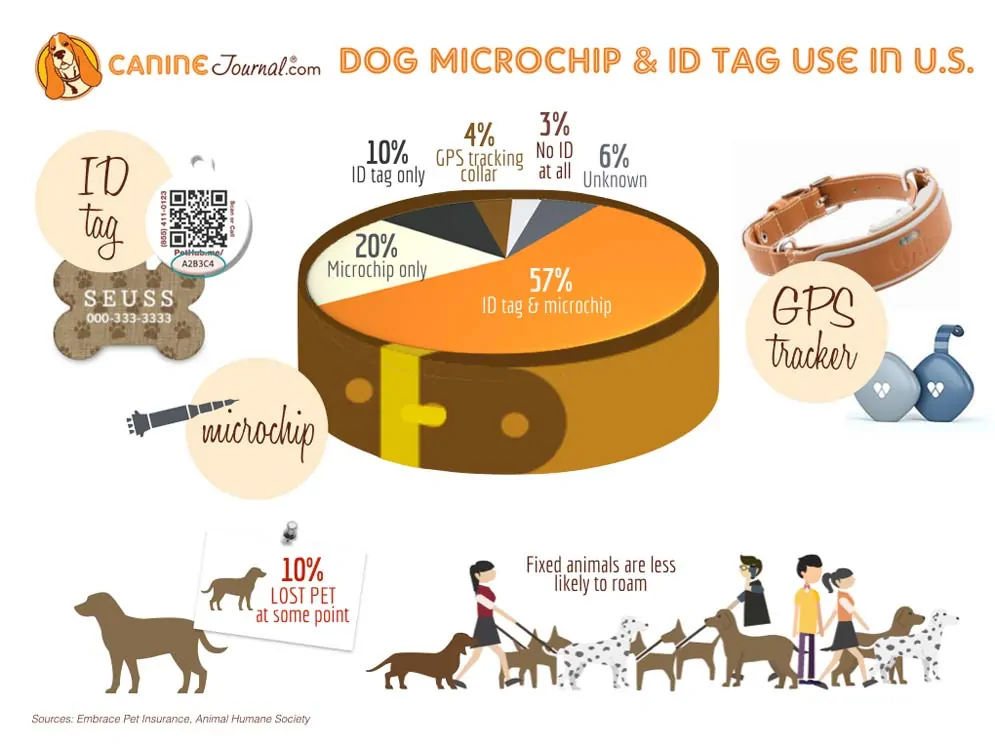
This image is property of www.caninejournal.com.
Frequently Asked Questions (FAQs)
Q: How long does the microchipping procedure take?
A: The microchipping procedure typically takes just a few minutes to complete. However, it's important to allow time for any necessary paperwork, preparation, and aftercare instructions.
Q: Does microchipping hurt the dog?
A: The microchipping procedure may cause some minor discomfort, similar to a routine vaccination. However, the discomfort is usually brief, and most dogs recover quickly without any long-lasting pain or complications.
Q: Can the microchip be removed or lost?
A: The microchip is designed to be permanent and cannot be easily removed or lost. It is implanted under the dog's skin and is unlikely to migrate or become dislodged.
Q: How effective is microchipping in reuniting lost dogs?
A: Microchipping has proven to be highly effective in reuniting lost dogs with their owners. According to studies, microchipped dogs are significantly more likely to be reunited with their owners compared to dogs without a microchip.
Q: Is microchipping required for all dogs?
A: The requirements for microchipping vary depending on the country and sometimes even the region. In many places, microchipping is mandatory for all dogs. It's important to check the specific regulations in your jurisdiction to determine if microchipping is required for your dog.
Conclusion
Microchipping your dog is a responsible and important step to ensure their safety and increase the chances of being reunited if they ever become lost. The procedure is safe, quick, and relatively painless. By selecting a reputable provider, following proper aftercare instructions, and keeping your dog's information up to date, you can enjoy the peace of mind that comes with knowing your furry friend is protected. Remember to comply with any legal requirements for microchipping in your country or region and consider the benefits and alternatives before making a decision.
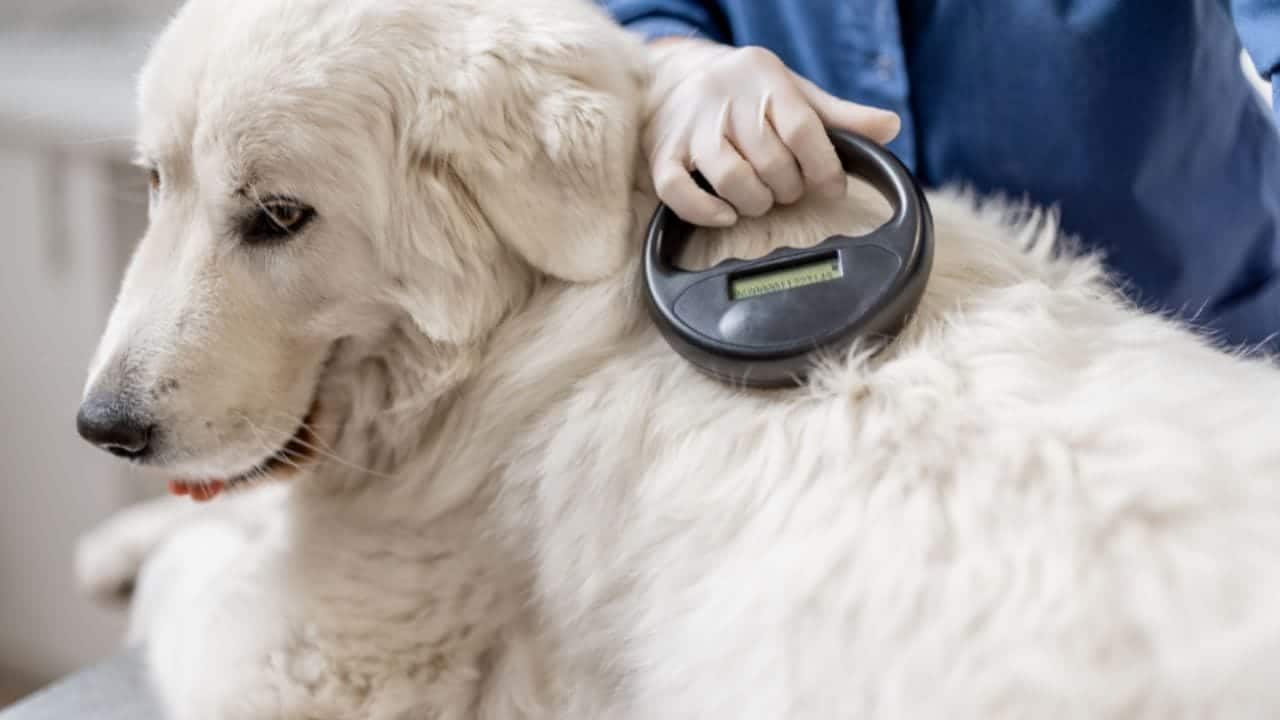
This image is property of blog.tryfi.com.

